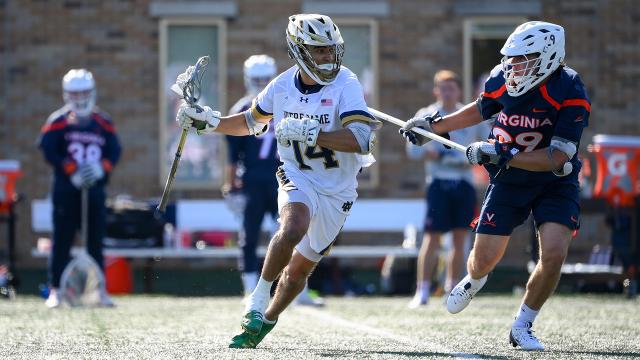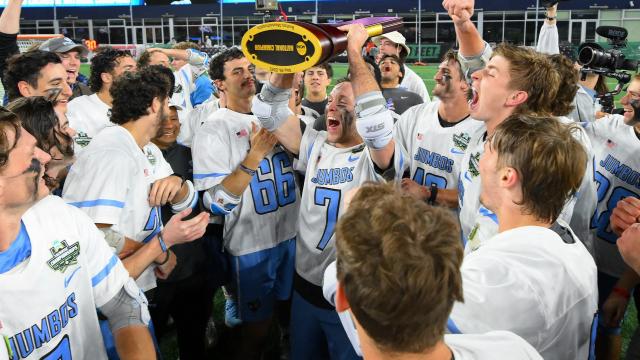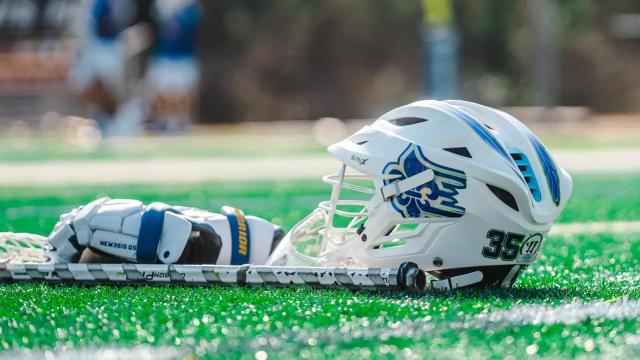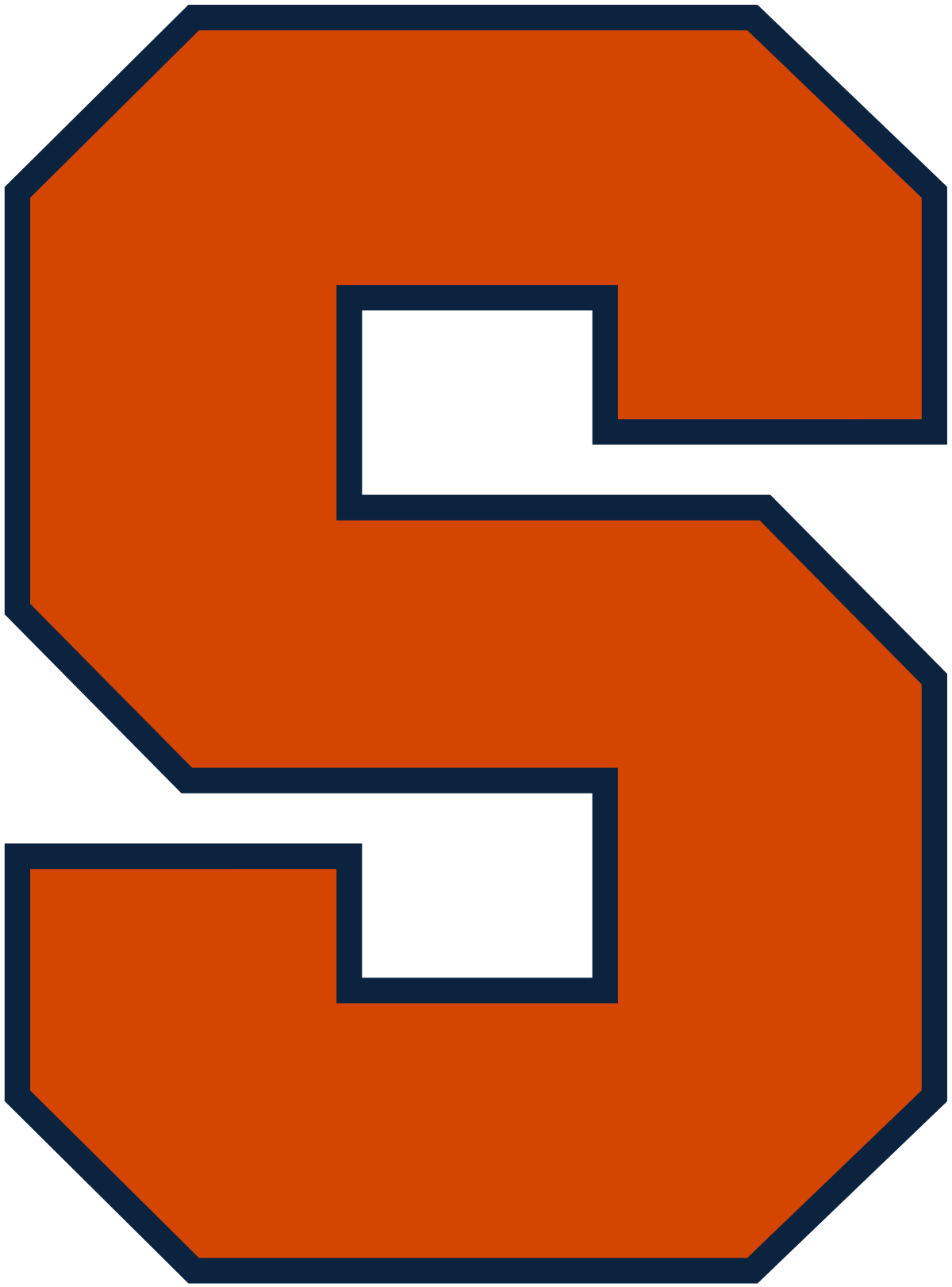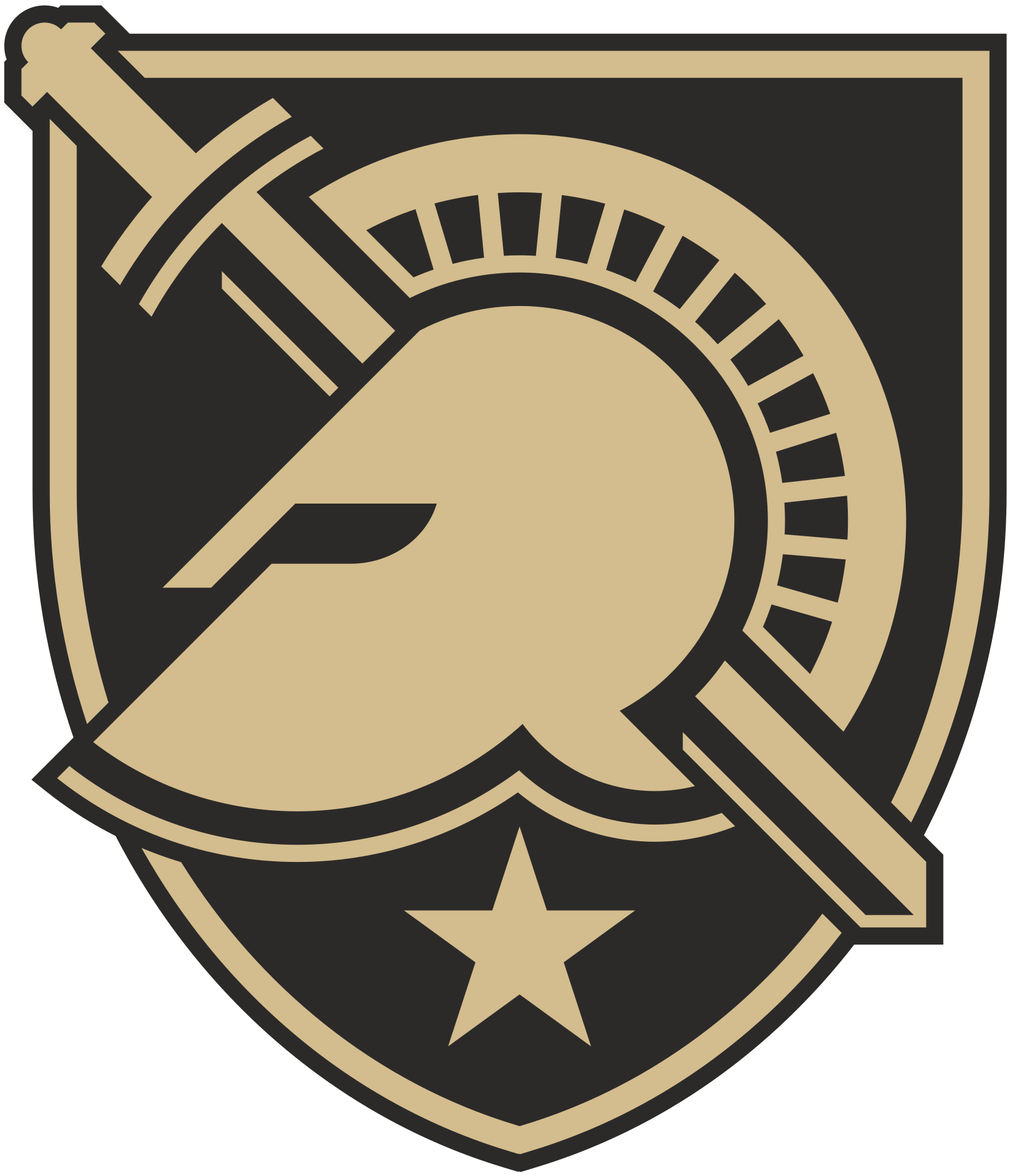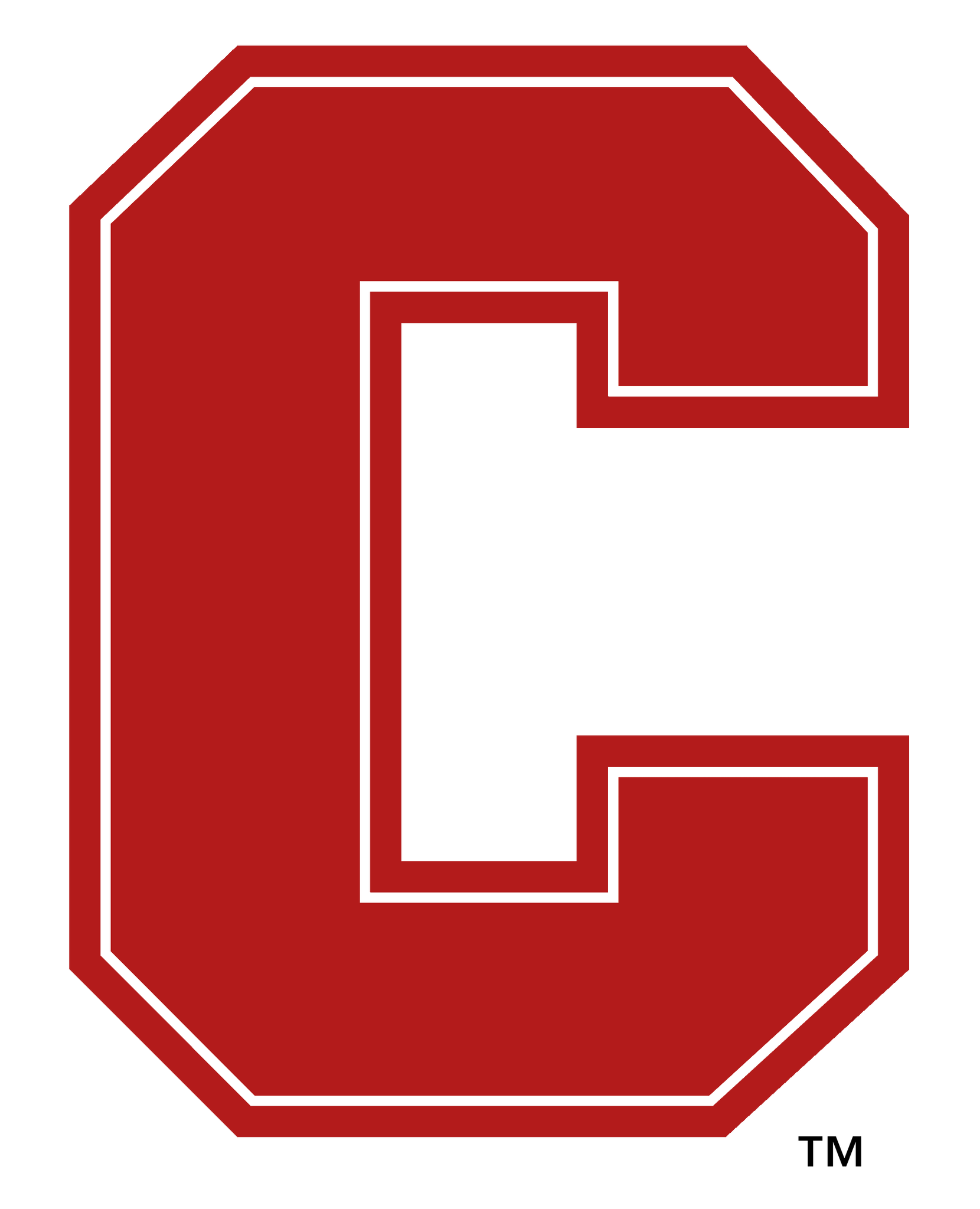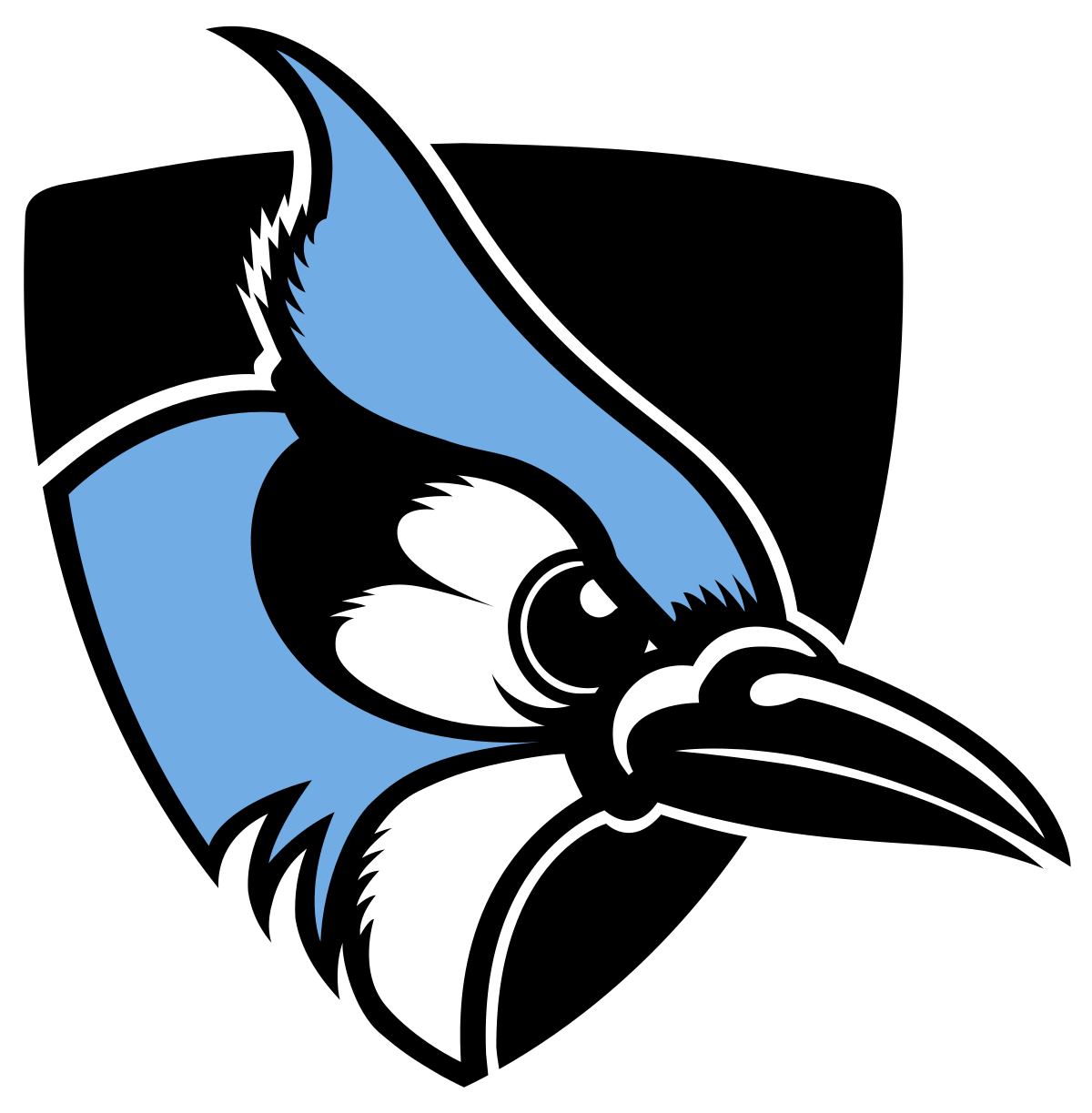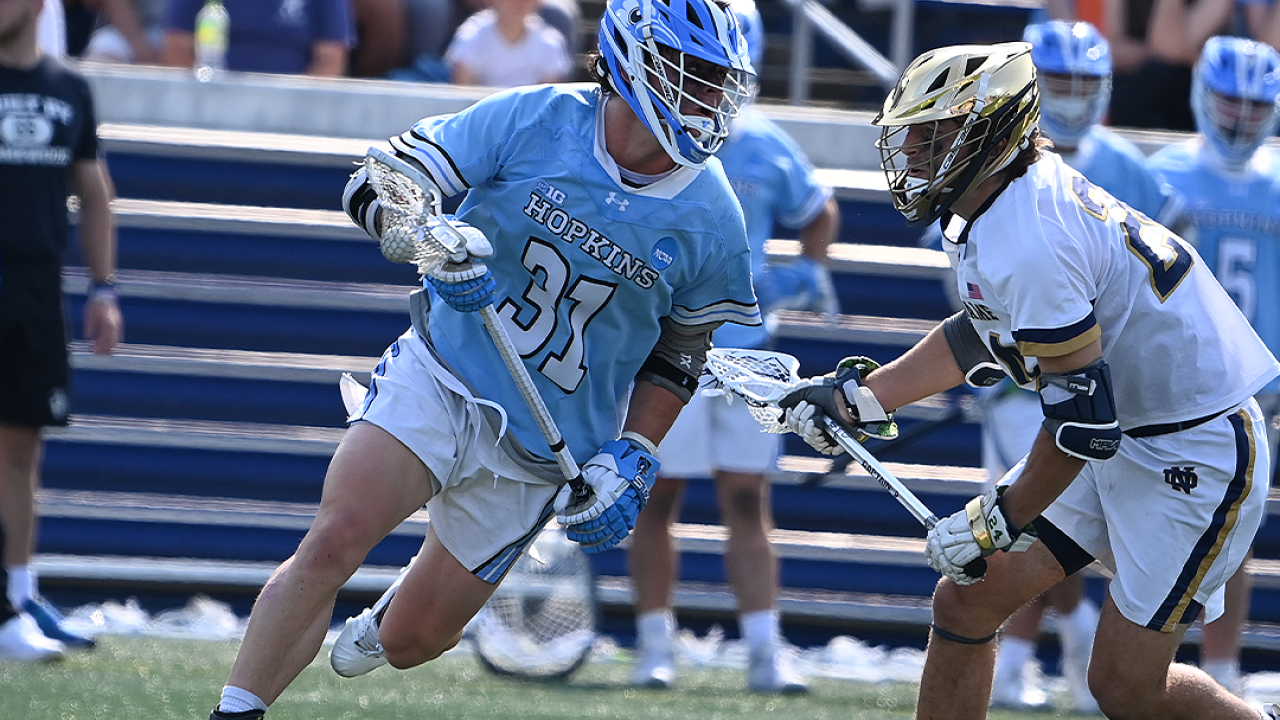

© 2026 USA Lacrosse. All Rights Reserved.

With much of the transfer market settled and the coaching carousel slowing down, it’s time to take a look ahead to what the 2024 college lacrosse season has in store.
Next up: Five contenders to pop up on Memorial Day Weekend — including one that hasn’t even been in the NCAA tournament the last two years.
2023 record: 9-6 (3-3 Ivy League)
Last seen: Building an early five-goal lead in the first round of the NCAA tournament before Georgetown rallied for a 19-17 victory.
Initial forecast: Rather than anything flowery or needlessly wordy, here’s the crux of it all for the Bulldogs: An offense led by Chris Lyons (62 G, 12 A), Matt Brandau (37 G, 33 A) and Leo Johnson (40 G, 22 A) could put up video game number and perhaps increase the 15.1 goals per game that ranked fourth nationally. Until proven otherwise, the Yale defense is a major question mark after giving up 14 goals an outing (62nd in Division I). This placement assumes some improvement; if Yale makes plenty of progress at that end of the field, it will be a serious threat to play on the last day of the season. If it doesn’t, well, 2024 is going to play out a lot like 2023, with a postseason ceiling not much higher than last spring’s one-and-done.
2023 record: 8-7 (1-5 ACC)
Last seen: Showing both the good and the bad about being an extremely talented and extremely young team in an 18-15 loss at Duke to conclude the regular season and end whatever slim NCAA tournament hopes the Orange harbored.
Starts lost: 26 of 150 (17.3 percent)
Scoring departing: 99 of 345 points (28.7 percent)
Initial forecast: One step at a time for the Orange, which went from plain bad in coach Gary Gait’s first season to promising last year. Syracuse got better as the spring went along (picking off eventual Ivy champ Princeton and fading North Carolina in April), and core pieces like Joey Spallina (36 G, 32 A), Owen Hiltz (24 G, 29 A) and Finn Thomson (19 G, 14 A) established themselves as foundations of the next really good edition of the Orange. Plug-and-play transfers Cole Kirst (26 G, 11 A) and Alex Simmons (21 G, 15 A) did their part and account for much of the lost production, but Gait and his staff did fine work adding Princeton’s Sam English and Jake Stevens and Lehigh’s Christian Mulé (not to mention North Carolina long pole Matt Wright). The defense needs to continue to improve, and new coordinator John Odierna will bring some fine wrinkles after helping turn Manhattan into a juggernaut at that end of the field. The next spot on the growth chart is getting back to the postseason and perhaps winning a game or two. Syracuse might be a year away from a championship window opening, but it’s coming fast. The phrase “objects in the mirror are closer than they appear” comes to mind to describe a team that finished just above .500 last year but has a gifted young core.
2023 record: 13-4 (7-1 Patriot League)
Last seen: Getting a shot off a second too late in the hopes of forcing overtime in a 10-9 loss to Penn State in the NCAA quarterfinals.
Starts lost: 24 of 170 (14.1 percent)
Scoring departing: 6 of 330 points (1.8 percent)
Initial forecast: No one will overlook the Black Knights this year, not after a team with just six seniors (which usually isn’t a formula for success for a service academy team) won its first Patriot League title in four years and torched defending champion Maryland’s defense in a 16-15 victory in the first round of the NCAA tournament. Army hadn’t won a postseason game in 13 years, and all the pieces are in place to give the Black Knights a chance to make some more noise next May. All five 20-goal scorers are back, including Reese Burek (35 G, 26 A) and Patriot League rookie of the year Evan Plunkett (21 G, 25 A), and the Black Knights will have plenty of complementary pieces to work with as well. Faceoff ace Will Coletti (.610) also returns, and junior AJ Pilate projects to be one of the top defensemen in the country. Goalie Knox Dent (.533) graduates, but backup Matt Chess posted a .579 save percentage in two April starts when Dent was hurt last spring. There are no guarantees, but Army could be even better in 2024 and perhaps break through for its first NCAA semifinal trip since 1984.
2023 record: 11-4 (4-2 Ivy League)
Last seen: Dropping an overtime decision to Michigan in the first round of the NCAA tournament, an early halt to a season that saw the Big Red bring an 11-2 record into May.
Starts lost: 45 of 150 (30 percent)
Scoring departing: 58 of 333 points (17.4 percent)
Initial forecast: It never hurts to start with one of the best players in the country, and Cornell does exactly that with attackman CJ Kirst (65 G, 19 A). Five of the Big Red’s primary starters on offense are in line to return, with the exception being assists leader Billy Coyle (30 G, 28 A) — and his loss could very well be offset by a healthy Michael Long (13 G, 10 A), who was limited to seven games in 2023. Cornell should field one of the country’s most experienced midfields in Aiden Blake, Hugh Kelleher and Spencer Wirtheim. In short, scoring isn’t going to be a problem. The Big Red do have a couple high-profile departures at the defensive end, with Schmeisser winner Gavin Adler off to the pros as the No. 1 pick in the Premier Lacrosse League College Draft and Chayse Ierlan (.522 save percentage) spending a grad season at Johns Hopkins after playing all but 20:59 this past spring. Two-year backup Wyatt Knust is an obvious contender for the goalie gig, and if Cornell gets solid play from whomever wins the job, it will be a threat to play deep into May.
2023 record: 12-6 (4-1 Big Ten)
Last seen: Concluding a renaissance season with a 12-9 loss to Notre Dame in the NCAA tournament quarterfinals
Initial forecast: It will be curious to see how well the ethos Hopkins established last season — one built around depth more than a peak star or two — can carry over into this spring. That’s not to say the Blue Jays don’t have stars. Jacob Angelus (17 G, 44 A) and Russell Melendez (37 G, 16 A) will be among the offensive pieces that attract attention as preseason All-American candidates, and the pickup of goalie Chayse Ierlan from Cornell as a graduate transfer fills the hole created by the graduation of Tim Marcille (.499 save percentage). If there was one guy on last year’s Hopkins roster who played an outsized role in the breakout season, it was defenseman Alex Mazzone. The grad transfer is out of eligibility, so finding a disruptive presence on faceoff wings as well at the defensive end is a question. However, with Scott Smith back to anchor a close defense group that showed considerable year-over-year progress, the Blue Jays should be in good shape to remain a factor in the Big Ten race and perhaps return to the NCAA semifinals for the first time since 2015.
Patrick Stevens has covered college sports for 25 years. His work also appears in The Washington Post, Blue Ribbon College Basketball Yearbook and other outlets. He's provided coverage of Division I men's lacrosse to USA Lacrosse Magazine since 2010.

